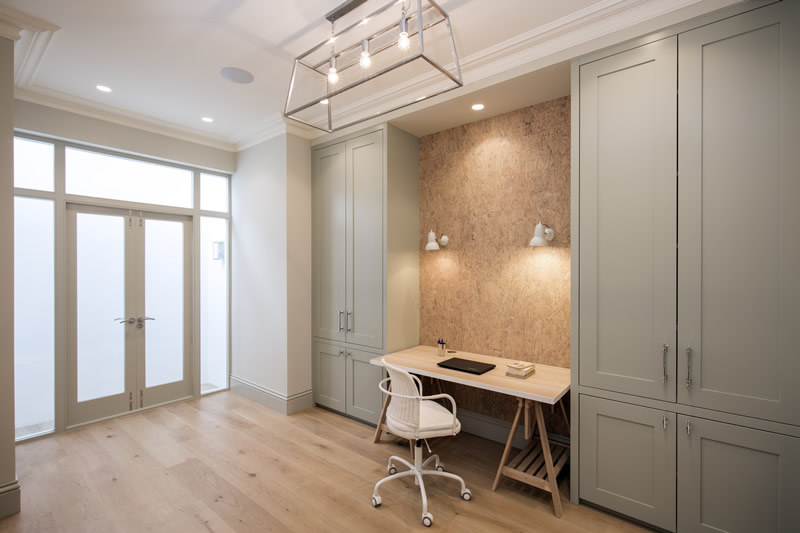A new study by the University of Newcastle has exposed the secrets of London’s mega-basements, which include cinemas, swimming pools, and even an artificial beach. The planning application data, collected from seven London boroughs for the period between 2008 and 2017, shows blueprints for 115 staff rooms, 456 cinemas, 376 pools, 381 wine cellars and 1,000 gyms hidden below the streets and gardens of the capital.
A lifestyle choice
Particularly popular in the richest boroughs, the data on mega-basements from councils such as Islington, Kensington and Chelsea, Westminster, and Hammersmith and Fulham reveals that the combined depth of all constructions over the nine-year period would total 15,289 metres – or 50 times the height of the Shard.
These basement constructions are not restricted to period properties. Basements are increasingly being included in the construction of brand-new homes; for example, one Notting Hill mansion has a 21-foot swimming pool housed in one of its two basements.
Going underground
Of course, it is impossible to say whether every basement for which planning permission has been granted has been completed, thanks to the three-year deadline for completion after permission is granted; however, most companies offering basement construction and conversion confirm that the vast majority of their projects have come to fruition.
What makes a mega-basement
Although the study confirmed that four out of five basement conversions were standard developments within the footprint of the existing house, they included two other categories: large basements of two storeys and big enough to house a pool, and mega-basements of three storeys or more. Sometimes called iceberg homes, these bottom-heavy dwellings with most of the living space below street level were mainly clustered in Westminster and in Kensington and Chelsea.
These extravagant schemes featured every amenity, including swimming pools, saunas and staff quarters. One scheme in Mayfair found room for a Turkish bath, cigar cave, massage room and banquet hall.
Under siege
While the trend for basement conversion in London is largely driven by the search for more space in the family home, there is no doubt that the opportunity to make a quick profit is a compelling motive for adding a basement conversion in London. With properties with basements selling at very high price, it is not difficult to see why; however, the density of excavations in Chelsea and St John’s Wood has caused nothing but misery for other residents. The noise of heavy machinery, the endless parade of trucks and the general disruption might be tolerated, but for some there seems to be no end in sight as the popularity of basement conversion in London continues to grow.
Jaw-dropping
Even in some of London’s most affluent areas, the sheer opulence of the large and mega-basements is jaw-dropping. Ballrooms, artificial beaches and media rooms are just some of the extraordinary additions to homes that may barely be lived in. Despite certain councils slamming on the brakes, there is simply no stopping the inexorable rise of the luxury basement conversion.

